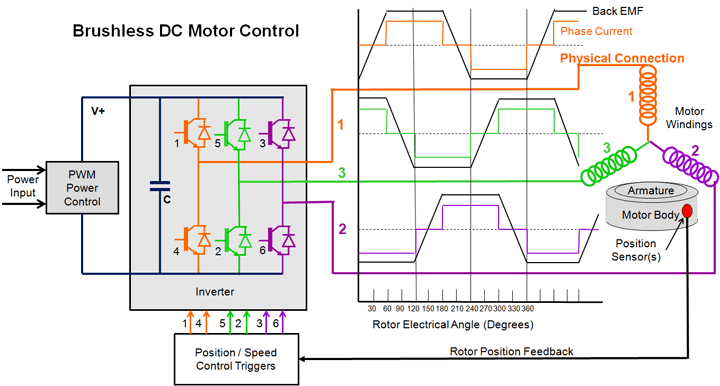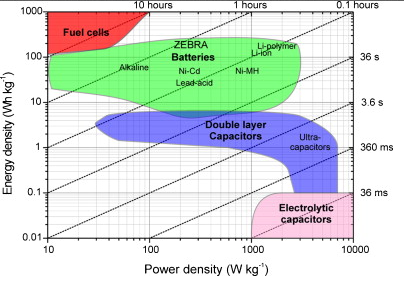wonderfully strange subject here. as always from me 
ive seen a guy on youtube combining supercapacitors with lipos as a lightweight replacement for a car battery. with some very promising results
this gave me an idea on how i could possibly boost my SLAs for around £20.
at the moment my slas dont have the puff in them to provide full amps/torque under acceleration. past 15mph the amp loads reduces and they can. most of the time im going faster than 15mph and it take me all of 5 -7 seconds to get to 15mph.
so my idea is attaching in parrallel either one supercapictor across 48vs of batteries (4xslas) or 4 individual capacitors (one across each sla). with the intention that the slas charge the capacitors when not in use. then when under load the supercapacitors add their minimal farads/amphours the the batteries for the 5 or ten seconds i need, reducing the load on the batteries.
few questions....
anyone sure how farads calculate out into amp hours, the internet is vague and im wondering what size ill need?
should i go for one across all four in parrallel or one per battery?
i know capacitors are sometimes dangerous. i plan on having them attached/wired semi perminantly to the batteries, no switching or control etc. could they in any way mess up my batteries?
thanks in advance for the help
jim
ive seen a guy on youtube combining supercapacitors with lipos as a lightweight replacement for a car battery. with some very promising results
this gave me an idea on how i could possibly boost my SLAs for around £20.
at the moment my slas dont have the puff in them to provide full amps/torque under acceleration. past 15mph the amp loads reduces and they can. most of the time im going faster than 15mph and it take me all of 5 -7 seconds to get to 15mph.
so my idea is attaching in parrallel either one supercapictor across 48vs of batteries (4xslas) or 4 individual capacitors (one across each sla). with the intention that the slas charge the capacitors when not in use. then when under load the supercapacitors add their minimal farads/amphours the the batteries for the 5 or ten seconds i need, reducing the load on the batteries.
few questions....
anyone sure how farads calculate out into amp hours, the internet is vague and im wondering what size ill need?
should i go for one across all four in parrallel or one per battery?
i know capacitors are sometimes dangerous. i plan on having them attached/wired semi perminantly to the batteries, no switching or control etc. could they in any way mess up my batteries?
thanks in advance for the help
jim






